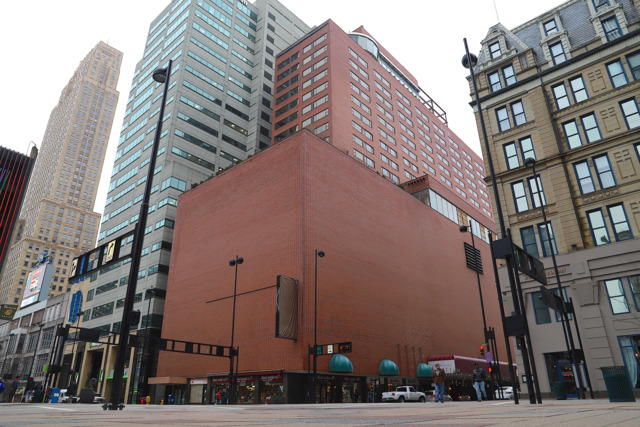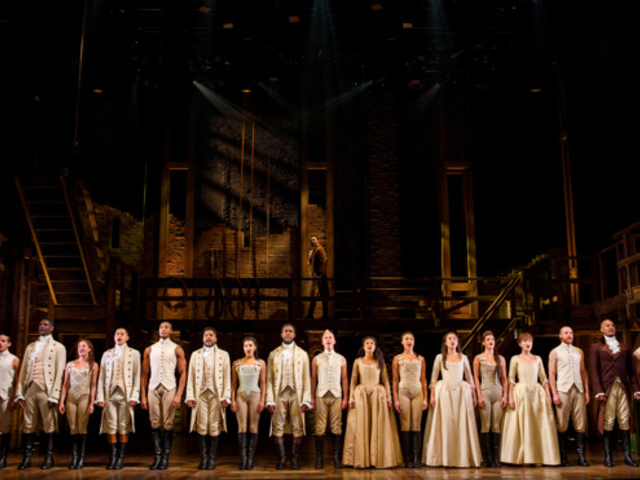Downtown Cincinnati’s Terrace Plaza Hotel has been placed on the National Trust for Historic Preservation’s list of the 11 most endangered historic places in America. That’s not great news in and of itself, unless you consider that more than 300 sites have made it to the endangered list over the past 33 years and only 5% of those have been destroyed or lost. “The Terrace Plaza is an architecturally innovative building that helps tell the story of groundbreaking female architects like Natalie de Blois, who was a key part of the International Style building’s design,” said Katherine Malone-France, Chief Preservation Officer of the National Trust for Historic Preservation. Constructed in 1948, the Plaza was the first International Style hotel to be built in the United States and was one of the first hotel construction projects launched after World War II. Filled with Modernist art, futuristic features like push-button elevators, a television in every room, guest-operated climate control and a distinctive eighth-floor terrace supported by a block-long, windowless facade that housed department stores, the building was a premonition of the coming sleek aesthetics of the 1950s and beyond. But the 20-story structure has been largely vacant for more than a decade, save ground-floor retailers like Batsakes Hat Shop. Numerous structural and aesthetic fixes need to be made — boarded-up windows need to be replaced, plants are growing from the structure, key operational components are missing from the building and more. “Redevelopment of the Terrace Plaza is a challenge, but in Cincinnati there is a great track record of caring for our historic treasurers,” said the Cincinnati Preservation Association’s Executive Director Paul Muller. “We hope the ‘11 Most Endangered’ recognition will help us let people know about the historic role the Terrace Plaza played in the emergence of Modernism in post-war America.”






